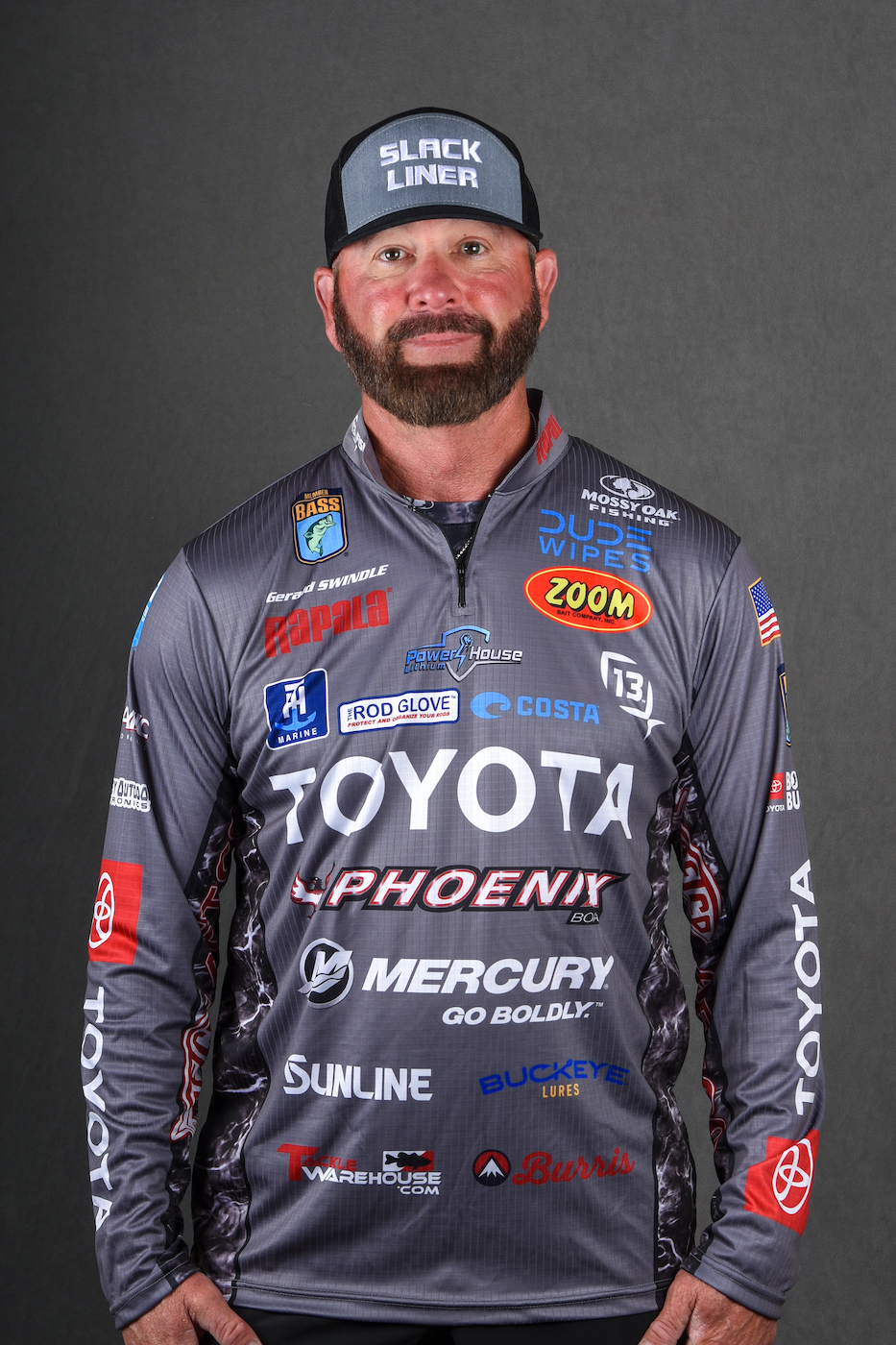
There have been times — when I'm out fishing for fun or even during a tournament — when the pattern eludes me. I can't seem to zero-in on it, but I've got to keep casting and, hopefully, catching.
These are the times when I put my head down, pull out a bunch of confidence lures and keep after it just as hard as I can. When outdoor writers have asked me about it, I've always told them that I just "Go fishin'." It's the short way of saying that I'm not on any specific pattern or hotspot. I'm just working areas that I believe hold bass and approaching each piece of potential fish-holding cover as it comes my way — with a different lure, a different retrieve or a different something else.
If I'm lucky, a pattern will emerge from this. But even if I'm not that lucky, I'll usually catch a few decent bass along the way, and sometimes enough to cash a check or save the day.
Here's how I do it:
The first thing I do — before I even launch my boat — is think about the calendar. Is it spring, summer, fall, winter or somewhere in between? That tells me something about the water temperature and where to find the bass, specifically how deep I should be fishing.
Let's assume it's late spring and the water temperature is around 56 to 60 degrees. Most of the bass should be moving towards the beds, or maybe on them. Armed with that information I know I should be looking in 3-5 feet of water near spawning areas.
If it's later in the spring, however, and the water is warmer I know the bass are off their beds and that I should be looking out a little further, nearer their summer holding areas in deeper water.
Bass movements are progressive and logical. They don't do anything by accident. Your thought pattern should also be logical and progressive. You shouldn't do anything by accident either.
The next thing I do is pick a creek or small part of the lake that offers what I think the bass need on the day I'm on the water.
Don't run all over the lake looking for the Promised Land where big, fat bass bite your lure on every cast. That's a foolish waste of time. I want a small area that I can pick apart with a variety of lures. Find an area that has a variety of structure and cover options that you can work through in hopes of developing a pattern.
I always start my search with reaction baits. I like lipless crankbaits, hard jerkbaits, jigs and occasionally a crankbait.
My choices are basic. For my lipless crankbait I like a Lucky Craft LVR D7. It weighs 1/2 ounce and performs perfectly on 15-pound-test Vicious fluorocarbon line. For my hard jerkbait I go with a Lucky Craft Slender Pointer 97MR. It performs best on 10-pound-test Vicious fluorocarbon.
I prefer an Arkie 3/8-ounce jig with a twin-tail grub as a trailer when I want to hug the bottom. I fish it on 17-pound-test Vicious fluorocarbon line. And every so often I'll toss a flat-sided crankbait. There are times when it'll work like nothing else in your tacklebox.
Any of these baits can be worked fast, slow or somewhere in between. Used in combination they'll cover almost any depth of water — assuming the bass aren't really deep.
With them I can start a little shallower than I think the bass are holding, and I can fish a little deeper. They efficiently cover grass, rock, wood, mud and just about anything else I'll want to target.
Once I find a bass and get a bite — and only then — I'll switch lures if I think there's a more efficient tool in my tacklebox. If they're hitting my jerkbait when I move it really fast, I might switch to a crankbait. If they're hitting my jig when I drag it along the bottom I might switch to a shaky head. But, as I said, I always start with reaction baits.
Think about it this way: I can only cover a couple of points with a shaky head or a slow moving jig if I use one of them as my search lure. Worse, I can only cover one depth with one crankbait. That's not enough water to find the bass and establish a pattern — not for me anyway.
I want and need to cover a lot more, and I don't want to waste a lot of time doing it. Now, I'm not saying there won't be better lures for any given situation. I'm saying you can't make that decision until you have some knowledge about what's going on in the water. In my opinion the best way to acquire that knowledge is with a reaction bait.
Once I find a bite or two that helps me develop a pattern, I may move away from my starting area and look around the lake for similar places.
I'm not against burning a little gas. If I can find similar spots elsewhere I'll fish them. But again, I only leave my first area after I have developed knowledge of what the bass are doing and how I can catch them. I never run around blind.
If you want to catch more bass when others struggle, look for them in a progressive and logical manner. Start by considering the season of the year, the stage of the bass and the water temperature. That'll help you choose a fishing depth.
Once you do that, search for your bass in small areas with reaction baits. Work toward developing a pattern. Swap lures or run the lake only when you have enough knowledge to do so intelligently.





